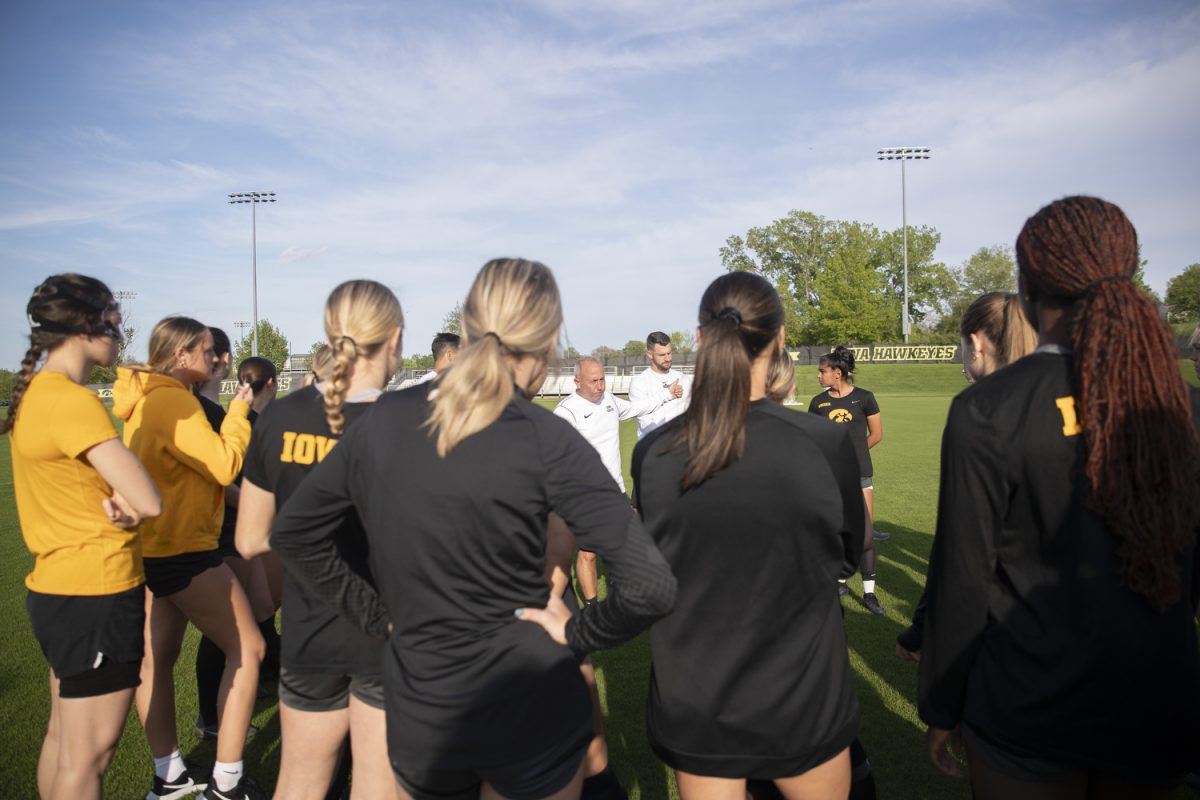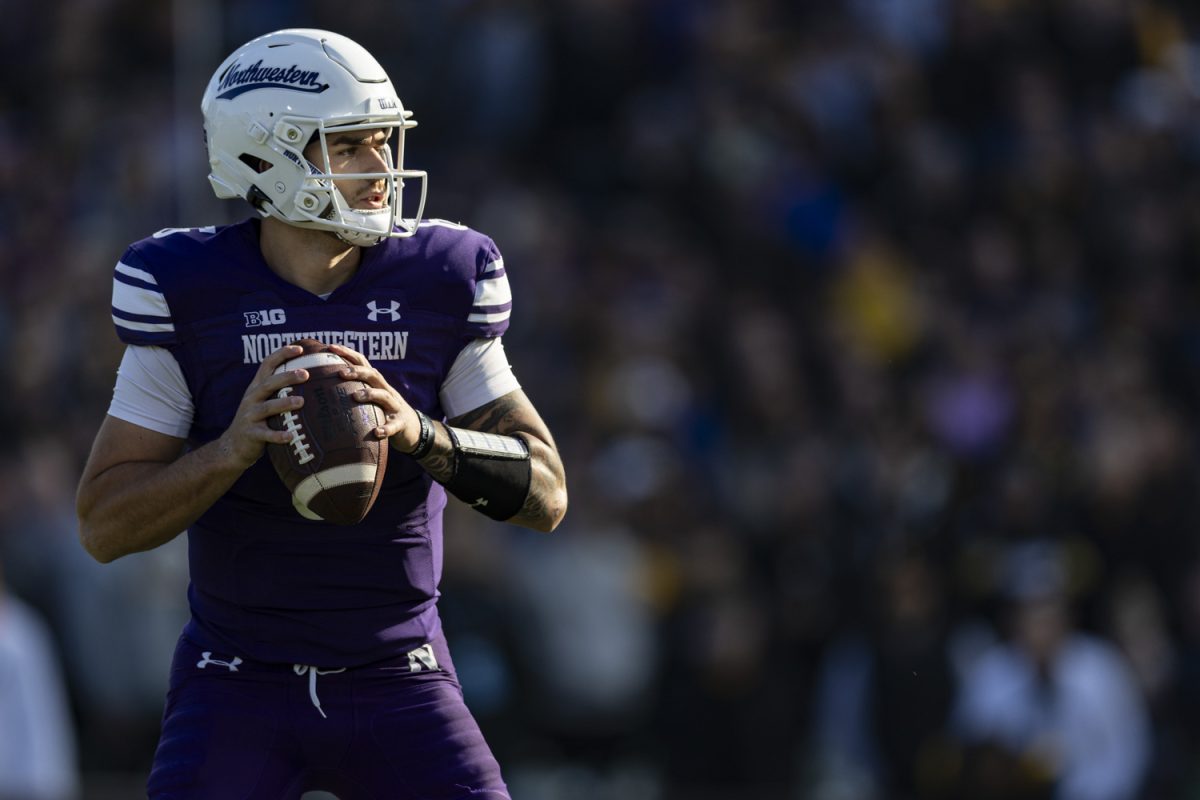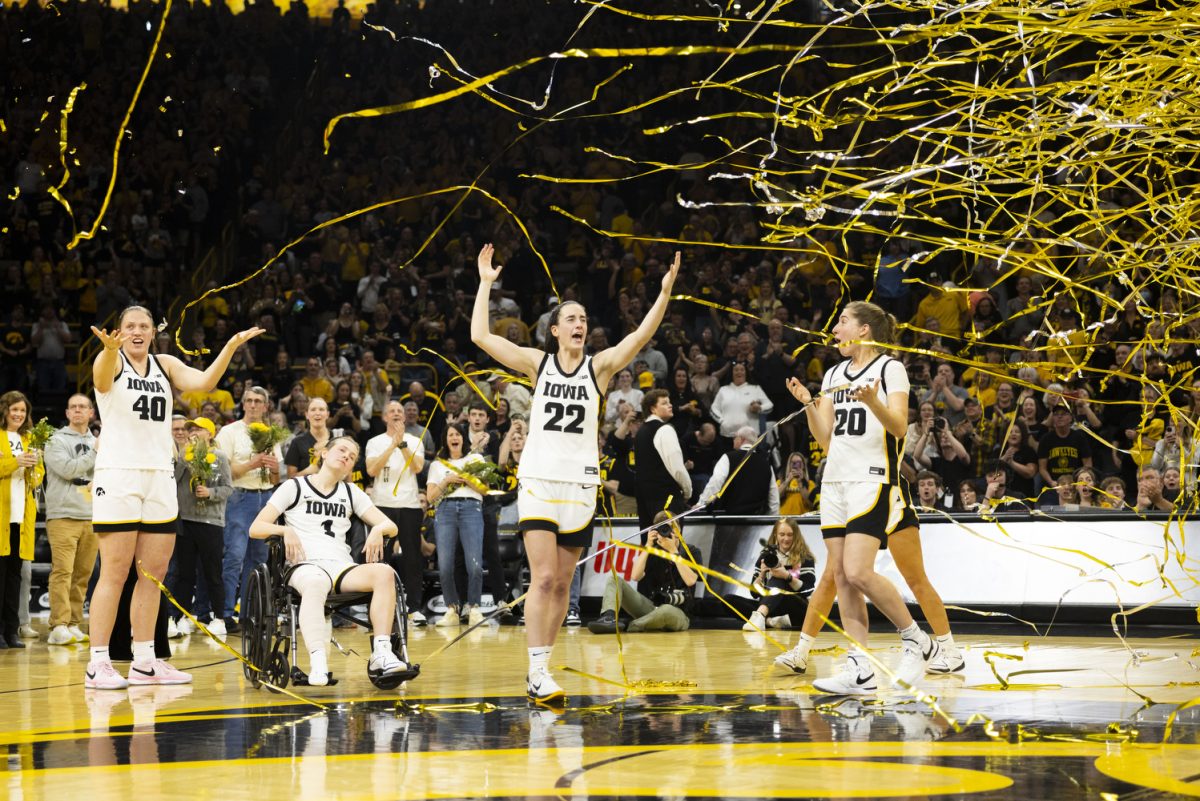When people talk about the Big Ten expanding to 12 teams, they concentrate on revenue-juggernaut sports, such as football and men’s basketball.
But there are a multitude of other sports that Iowa offers that will also feel the effects of enlarging the conference.
And the track and field program is solidly onboard with the wooing of another school and most are leaning toward Notre Dame.
“Notre Dame is a strong cross-country and track and field team,” men’s head coach Larry Wieczorek said. “They generally have NCAA appearances in cross-country and compete for conference titles in the Big East.”
The fit makes sense even more so from a geographical perspective, especially for track and field.
Budgeting for travel in the sport is fairly tight, and having to send a school out West or to the South would prove more costly than for football and basketball.
“When you have those Eastern schools, such as Penn State, it’s a long and expensive travel,” Wieczorek said. “It costs twice as much to go there than Minnesota for the Big Tens.”
One way to remedy the situation is to hope that the revenue generated from a championship football game in the Big Ten would be split up among the other less-recognized sports at Iowa, allowing for those teams to travel easier and to face a new opponent.
That’s why talks of bringing in a team such as Pittsburgh, Rutgers, Syracuse, or Texas might end up being bad news for track and field — financially and competitively.
Most schools from conferences, such as SEC or Big 12 have an environmental advantage in outdoor sports, with weather rarely being a problem and fewer adjustments needing to be made.
Track and field is no different, and the disparity may actually be even greater with seven of the top 10 teams coming from those two power conferences.
“Some of those Southern schools are dominant in track, and that would really change the dynamics,” Wieczorek said. “We’d want maybe an Eastern school, one that wouldn’t have as big an advantage in climate to us.”
Throwing coach Scott Cappos said he’d also prefer a team located in the Midwest but insisted that the Hawkeyes wouldn’t avoid competition in any venue.
The women’s side of track is a little more indifferent to the thought of adding another team, but head coach Layne Anderson said the women would be happy with whatever decision is made.
“It would make sense,” he said. “And I’m all for moving the Big Ten forward and into the future.”
With the basketball and football coaches of the Big Ten anxiously awaiting news of the outlook of the conference, the “little guys” of the sports world have just as much at stake.
“If it’s good for the conference, then we are all for it,” Cappos said. “But at the same time, we aren’t afraid of any other team in the country.”






